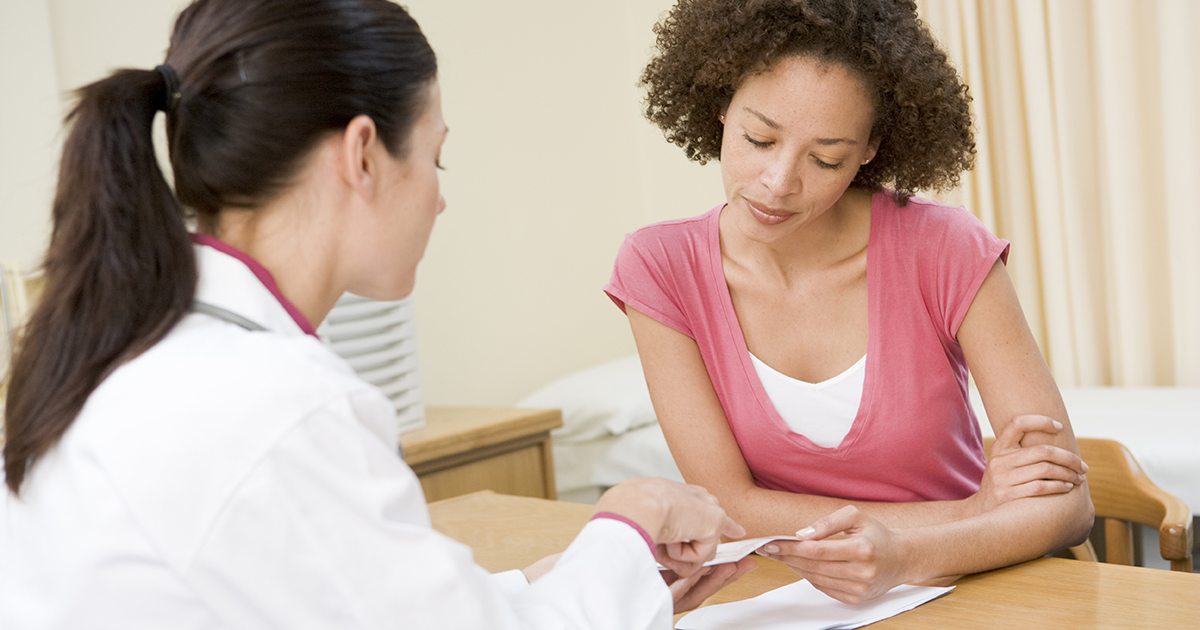
Prevention of breast cancer starts with awareness
The color pink has become a common sight every October. Alongside jack-o-lanterns, pink might be one of the month’s most defining sights as more and more organizations sport the color in some way every autumn.
But it isn’t about fashion, or how pink brings out the colors of the changing leaves. It’s about spreading breast cancer awareness.
It’s about saving lives.
October is Breast Cancer Awareness Month; when health care providers remind everyone about the importance of getting screened for breast cancer with a screening mammogram. Getting your recommended mammograms when needed is the No. 1 thing you can do to protect yourself.
Because breast cancer starts small with little to no symptoms, you may not be able to make a self-diagnosis of breast cancer with a self-exam. That’s why routine screening tests, such as mammograms, are essential. They can often detect the disease in its early stages before symptoms of breast cancer occur.
Some early-stage symptoms include pain in the breast or nipple, swelling, lumps or nipple discharge. You may also notice the skin on and around your breast and nipple turn red, dry, start to flake or take on a thick, orange peel consistency.
Catching breast cancer symptoms early is important to prevent the cancer from spreading. But even if you’re diligent about watching for changes and feeling for lumps, you may not notice any signs, especially if you have dense breast tissue.
“Know your risks so you can be consistent in your screening. Regular screening mammograms will not help with cancer prevention but will allow detection of cancer when it is more treatable,” said Allison Gleason, mammography and ultrasound services supervisor at OSF HealthCare. “And finding cancer early greatly increases your chance for a better outcome.”
Best ways to prevent breast cancer
In addition to getting screened, you can do things to control your breast cancer risk factors. Peggy Rogers, APRN, specializes in high-risk cancer genetics and medical oncology, and she endorses the following guidelines set by the American Cancer Society for the prevention of breast cancer:
- Limit alcohol consumption to an average of less than one drink per day.
- Exercise regularly: either 2.5 hours of moderate exercise weekly or 1.5 hours of vigorous physical activity
- Eat a healthy diet.
- Limit your calories.
- Minimize sweetened foods and beverages and fatty or fried foods.
- Consume at least five servings of fruits and vegetables daily.
- Minimize red meat and processed meat in your diet. Instead, increase the amount of fish and poultry in your diet.
- Find and maintain your optimal weight through menopause and avoid prolonged combination hormone replacement therapy after menopause.
- Avoid smoking.
- Do regular breast cancer self-exams in front of a mirror and lying on a bed – look for any dimpling or puckering.
“Evidence has shown that physical activity, even when started relatively late in life, helps protect against breast cancer, reducing the risk by 10% to 30%,” Allison said. “Exercise and also help you manage your weight. Obesity is a risk for post-menopausal breast cancer, particularly if a good portion of the weight was gained as an adult.”
Who is most at risk for breast cancer?
Certain genes increase the risk factors for breast cancer, Allison said. You may have an elevated risk if you have a history of cancer, are diagnosed under the age of 50, have a family history of breast cancer or have a family member with more than one type of cancer.
The risk of breast cancer is highest in women who have been exposed the longest to estrogen. Cancer typically develops after menopause. The risk is highest in women who start menstruation early, complete menopause late, never become pregnant or use hormone replacement therapy following menopause.
There can be big differences in the amount of risk people have, so everyone needs to understand their situation. That may mean getting genetic testing to look for markers that put you at high risk.
Between 5% and 10% of cancers are linked to a gene mutation. When you receive a mammogram, ask for a genetic risk assessment. If you meet any of those genetic factors, you should speak with your primary care provider about your increased risk for breast cancer.
Know your risk.
OSF HealthCare encourages all women, starting at age 40, to speak with their health care provider about when to start getting screened for breast cancer and how often they should do it. You may want to begin having that conversation earlier if you have a history of breast cancer in your family.
“We can’t always prevent cancer. There are many causes. It can be impossible to avoid them all,” Allison said. “But you can reduce risk by taking some simple preventive measures.”
Breast cancer is still a serious health threat. Allison said that one in eight women will eventually develop breast cancer. That’s decreased over the years as increased awareness led to more screenings, catching the signs of breast cancer symptoms early and better patient outcomes.
Survivor rates are going up as new treatments are developed and diagnostic imaging improves, with more detailed and accurate 3-D imaging replacing the traditional 2-D mammograms.
However, breast cancer still has the second highest death rate in the U.S., second only to lung cancer. Talk to your provider about your breast cancer risk, and learn when you should get a mammogram.